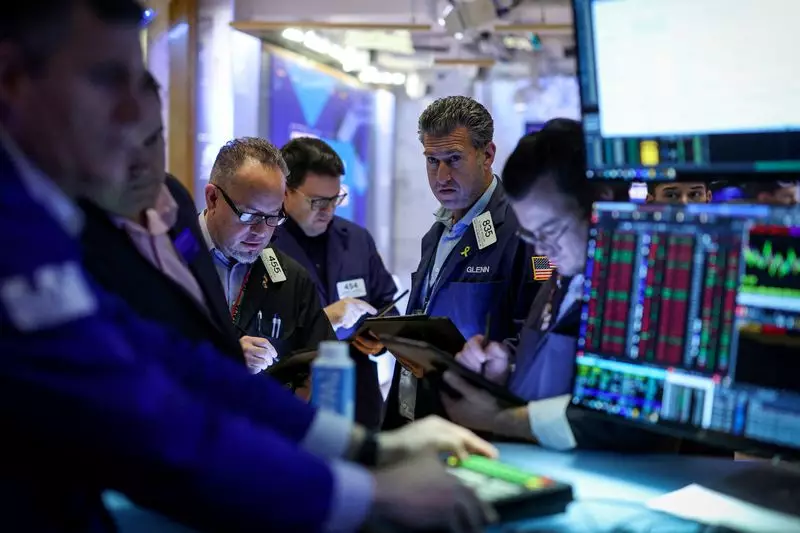As we transition into 2025, investors are faced with a landscape that holds both potential and peril for the U.S. stock market. The record-setting year for U.S. equities has whetted investors’ appetites for continued growth, yet looming economic data releases and political transitions create a cocktail of uncertainty that could steer investor sentiment in various directions.
The U.S. stock markets have experienced impressive gains, characterized by the S&P 500’s 25% rise and the Nasdaq Composite’s surge past the 20,000 threshold. Historically, this upward streak is often sustained into the New Year, particularly during the last trading days of December—a phenomenon popularly known as the “Santa Claus rally.” This effect has produced an average gain of 1.3% for the S&P 500 over the years, making it a favorable period for stock traders. However, the recent sell-off points to the volatile nature of market sentiment; any euphoria can quickly give way to caution as traders reevaluate their positions in light of forthcoming challenges.
Market analyst Robert Pavlik points out that profit-taking and strategic repositioning are commonplace at this time of year. As January approaches, many insiders anticipate adjustments in fund allocations in response to new data and the political landscape. This suggests a period where investors may exhibit a mix of optimism given past market performance and skepticism about future gains.
January will be pivotal for market direction, beginning with the monthly U.S. employment report scheduled for January 10. This data will serve as a barometer of the economic health and could significantly influence investor behavior. Strong job growth reported in November hinted at recovery; however, lingering uncertainties from earlier disruptions like hurricanes and strikes need further clarification.
Furthermore, earnings season commencing soon after will provide another dimension to the economic landscape. Expectations of 10.33% growth in earnings per share contrast with the more robust growth anticipated for 2024. Investors will be scrutinizing results not just for the fourth quarter but also how outlooks shift under President-elect Donald Trump’s policies, especially those set to favor sectors like banking and energy.
Trump’s inauguration and the subsequent policy directives will undoubtedly shake up the markets. The immediate rollout of potentially significant executive orders could cause ripples across various sectors. Many businesses are already wary of the proposed tariffs on imports from China, Mexico, and Canada. Analysts believe that the repercussions of such trade policies may be underestimated in current market valuations, leading to currency volatility and shifts in investor confidence.
According to Helen Given of Monex USA, a new presidential administration injects a considerable degree of unpredictability into economic forecasts. The interplay between proposed policies and market reactions could have lasting implications, especially for foreign exchange markets, where currencies like the euro and the Mexican peso could experience significant fluctuations.
Adding another layer of complexity to the situation is the Federal Reserve’s monetary policy stance, set to be discussed in late January. The outcome of this meeting could affect stock performance; a prior rate cut met with investor disappointment over the Fed’s cautious approach to future cuts highlighted a disconnect between market expectations and inflation realities. A stable interest rate environment might not provide the anticipated boost to corporate valuations, leading investors to seek alternative assets such as cryptocurrencies.
Interestingly, the anticipated crypto-friendly policies under Trump’s administration could enhance confidence among digital asset investors. With optimism brewing in the cryptocurrency segment, some investors are piecing together strategies that hedge against potential equity market fluctuations.
As 2025 unfolds, investors will have to navigate a complex landscape shaped by robust historical performance, crucial economic indicators, emerging politics, and a cautious Federal Reserve. The expected volatility leading into January may test the resilience of equities while providing a fertile ground for alternative investments. The combination of optimism and caution paints a compelling picture that investors must dissect carefully to ensure sound strategies moving forward. Balancing hope for continued rallies with the anticipation of potential roadblocks will be critical in navigating the uncertain tides that lie ahead.

